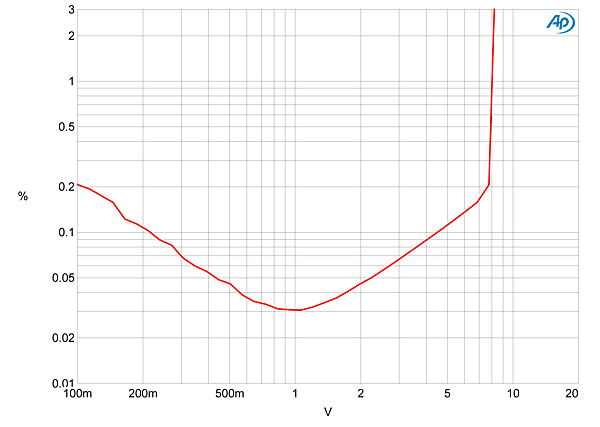| Columns Retired Columns & Blogs |
"The Ref 5 SE's performance at the extremes of the audioband, usually tube electronics' bàte noir, was superb."
I had to search the internet for bàte noir.
bàte noir is french for black beast
I assume from the context you meant "weakness".















































